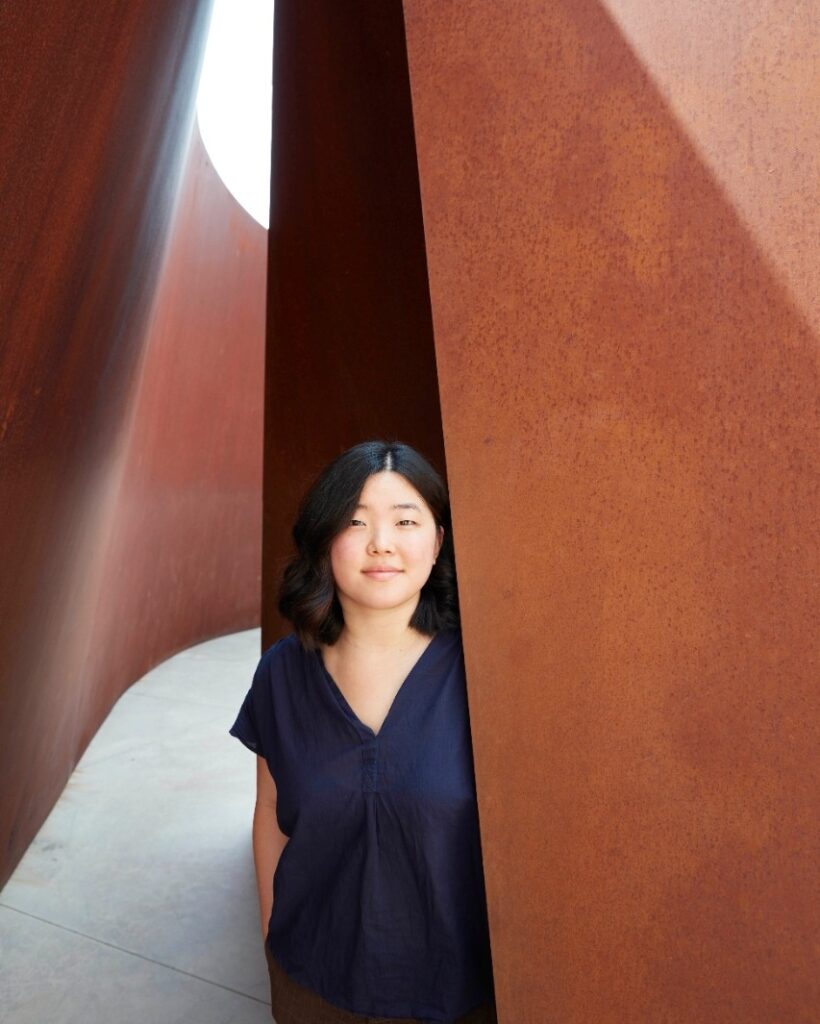Nourishing the brain with blood from the belly
A strange and wonderful surgery for a rare neurological disorder

When Hope Kim was 6, a debilitating stroke forced her to spend a month in Seattle Children’s Hospital, then years in physical and occupational therapy. Though it’s rare for someone so young to have a stroke, Kim has a brain condition called moyamoya that upped the odds.
The disease is caused by blocked arteries at the base of the brain, where a tangle of small vessels forms to compensate for the low blood flow. On a scan, the tangle resembles a puff of smoke (moyamoya is a form of moya, or “haze” in Japanese).
One of Kim’s uncles, a medical student at the time, recommended Gary Steinberg, MD, a professor of neurosurgery at Stanford and the director of the Stanford Moyamoya Center. Steinberg is world famous for his success in treating moyamoya.
In August 2006, five months after Kim’s stroke, Steinberg performed two bypass procedures, a week apart, in which he harvested a scalp artery and sewed it to a brain artery to restore blood flow to her brain.
Five years later, he operated on her again, this time using blood vessels in the omentum, a sheet of fatty tissue that covers the abdomen, to supply the brain.
Steinberg, one of only a handful of surgeons skilled in the technique, recently performed it on his 40th moyamoya patient, a 46-year-old woman from Florida.
“It’s a good option when you’re out of scalp blood vessels,” he said. “The omentum is really a miraculous organ. It has a luxuriant blood supply.”
After her first surgery, all was well with Kim until the summer before she began seventh grade. “My arm and leg would have spasms,” she said. “And every now and then I would feel weak on that side. At first I thought it was anxiety about starting junior high.”
“It’s a good option when you’re out of scalp blood vessels. The omentum is really a miraculous organ. It has a luxuriant blood supply.”
Gary Steinberg, MD, a professor of neurosurgery
Her mother, a nurse, suspected her neurological problems had resurfaced and brought her back to Steinberg. Kim was one of the less than 1% of Steinberg’s moyamoya patients to require a second procedure.
He suspects that as she grew and her brain developed, the bypass was no longer able to supply an adequate amount of blood to the right side of her brain.
The problem was that she was out of blood vessels in her scalp that he could use for another bypass. He and a pediatric laparoscopic surgeon cut a 3-foot-long flap of the omentum — still attached to the blood supply in the abdomen — and stretched it under her chest, along her neck and into the surface of her brain. Her abdomen now supplies part of her brain with blood.
Steinberg said he started using the omentum to treat moyamoya and stroke patients in the 1990s, after learning that cardiac surgeons use it to help heal chest infections or heart problems. But the large incision needed to access the omentum meant that patients endured a long and painful recovery, so he shelved the procedure for 10 years.
He resurrected it in 2000 when “the pediatric surgeons had become wizards at operating laparoscopically.” With the aid of a laparoscope — a long, thin tube with a camera at the end — they could conduct surgeries through small incisions, cutting and stretching the omentum using tools inserted through the incisions.
Kim, who had her second bypass in November 2011, bounced back quickly enough to return to junior high before winter break. “Everyone was telling me to take it easy, but I felt totally healed,” she said.
Kim is now 22 and this fall is starting a master’s program in school counseling at Seattle University. Though she sees Steinberg every 10 years for a follow-up, she has had no more moyamoya symptoms since her second bypass, and Steinberg projects that won’t change.
“I get migraines every so often,” Kim said. “But that’s from lack of sleep or stress, not moyamoya.”

